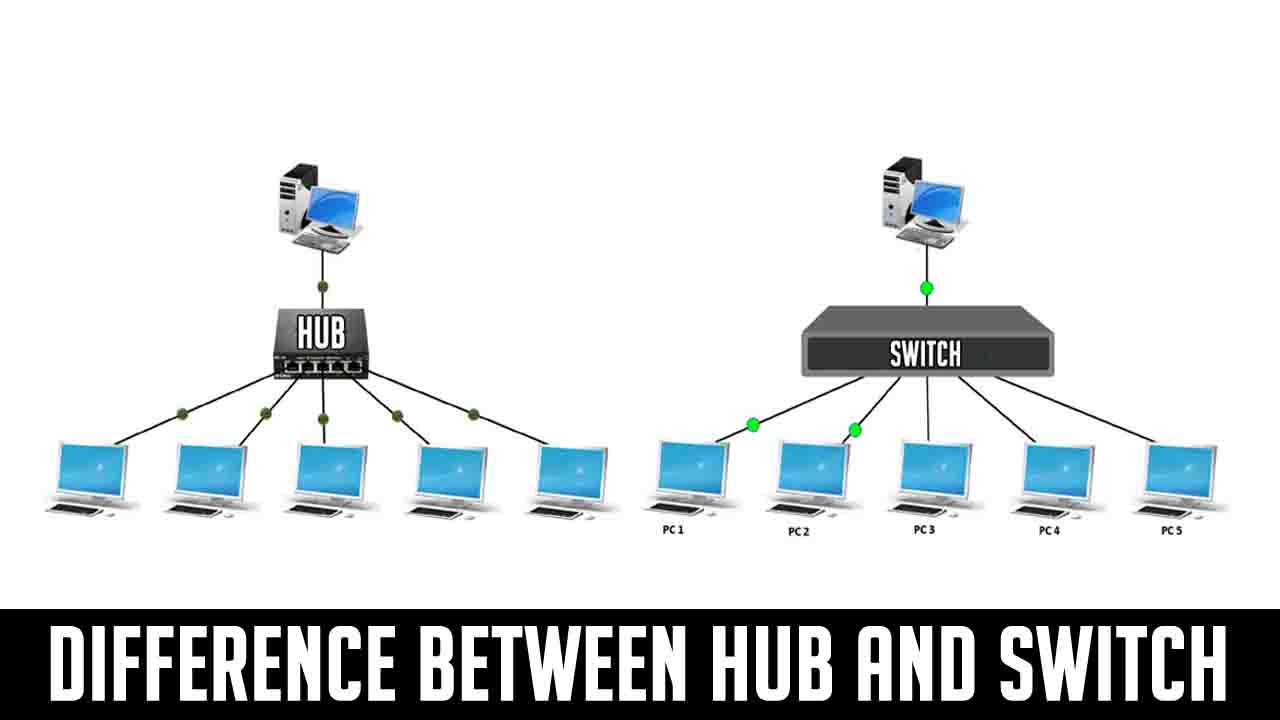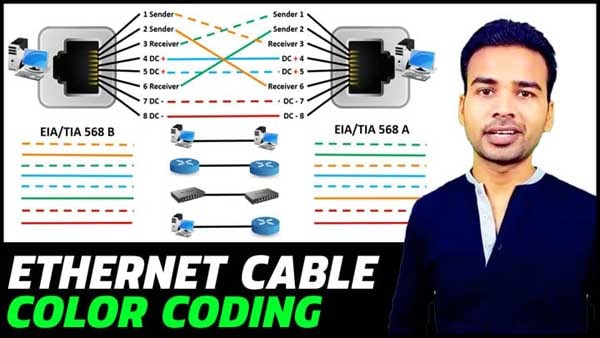Difference between Hub Switch and Router | Network Device Explained
Hub is a broadcast device works in the physical layer of OSI Model. the switch is a multicast device works in the data link layer and also some time in the network layer of OSI Model. Before discussing the difference between Hub and Switch in tabular form or (hub vs switch), Let’s discuss the features of both the networking device.

Features of Hub:
- Hub is a broadcast device. It transmits data to all the connected devices in the network.
- Hub operates at the first layer (physical layer of OSI Model)
- It sends data in the form of binary bits.
- Using Hub, only one device can send data at a time.
Features of Switch:
- A switch is a multicast device. It transmits data to the only device the sender has decided to send.
- It operates at the second layer (data link) layer of OSI Model.
- A switch works in full-duplex mode.
- It sends data in the form of frames.
Difference between Hub and Switch in tabular form
Hub |
Switch |
| Hub is a broadcast device. | The switch is a multicast device. |
| Hub works in the physical layer of OSI Model. | The switch works in data link layer of OSI Model. |
| Hub sends data in the form of binary bits. | The switch sends data in the form of frames. |
| Transfers data to all the connected ports. | Transfers the data to the port for which it is addressed. |
| Hubs are connected to the system via the half-duplex connection. | Switches are connected to the system via the full-duplex connection. |
| Less expensive than the Switches. | More expensive than the Hubs. |
| The number of ports in hubs is between 4 and 24. | The number of ports in Switches is between 4 and 48. |
| Only one device can send data at a time. | Multiple devices can send data simultaneously at the same time. |


